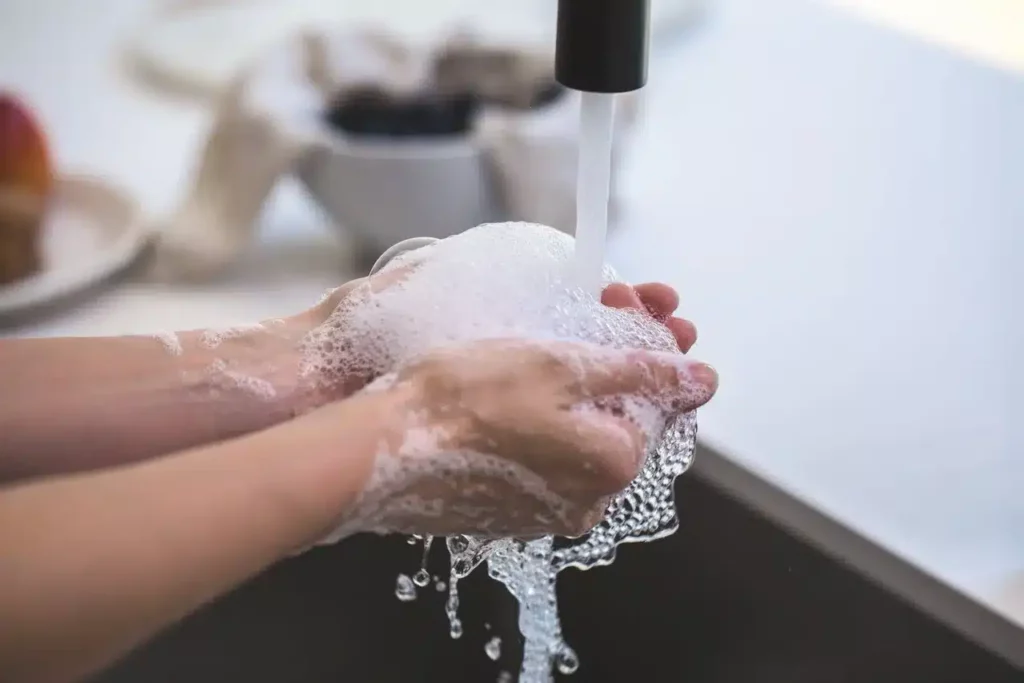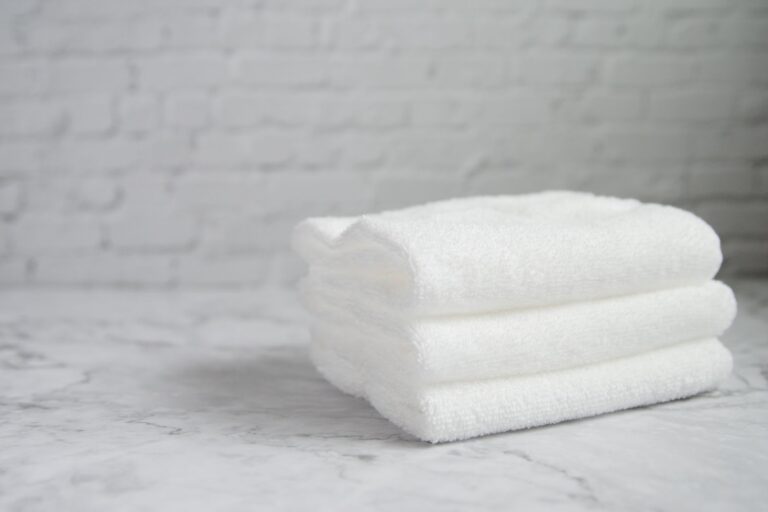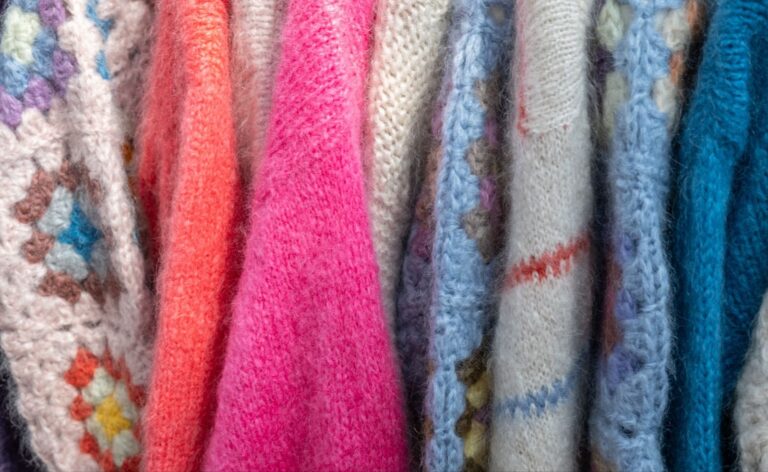With the concern and caution over COVID-19, we wanted to provide a simple, step-by-step tutorial for those who are concerned about leaving their home for laundry. Just because you don’t have in-home laundry machines doesn’t mean you shouldn’t have clean clothes to wear!
You can indeed wash your clothes from home by hand, but we really only recommend doing this as a last resort.
If you, a family member, or friend can’t get access to a public laundry space, then here’s what you need to do:
Obtain The Right Tools
To kick things off, let’s talk about what you’ll need if you decide to do laundry by hand at home:
- An Agitator (there are options you can buy online, but even a kitchen ladle or your hands can do in a pinch)
- Clean Containers For Washing and Rinsing (when all else fails, a clean bathtub or sink will do)
- Laundry Detergent
- A Line or Air-Dry Method (banisters or the back of a chair work, but may inadvertently stain wood flooring or furniture)
And of course, you need your dirty clothes!
But once you’ve got everything together, you can get started on your laundry. Here’s what to do:
Step #1: Separate Dark and Light Clothes
You already know to empty your pockets (those ink pen stains never come out!) But did you know that you need to zip up all your zippers too? Delicate fabrics can get caught on unzipped zippers, causing them to snag or tear.
If you can, it is actually better to hand wash items with zippers so that they don’t get tangled up with your other clothes.
Step #2: Place Clothes In Container (or Tub)
Once you’ve sorted everything, put a small number of clothes in one of your clean containers (or your bathtub). Don’t overstuff, and make sure you’ve got room to put in plenty of water and soap later on. You’ll also want to make sure you don’t have your clothes twisted around each other, as this can cause stretching or misshapen them.
Step #3: Fill Container With Lukewarm Water
It’s tempting to use warm or hot water for this, as it will feel better on your hands as you agitate later, but it’s best to keep the temperature of your water slightly cooler. You don’t want to risk shrinking your clothes by accident or ending up with faded colors. Lukewarm water will get your clothes clean with minimal risk.
Make sure when you’ve filled your container (with the clothes inside) that you have room to move the clothes around. You’ll need to agitate later on, and leaving too little room may cause some water to splash into the area around your container.
(note: if you do have stains, it’s best to pre-treat them with a solution before you wash. Again, just like at the laundromat!)
Step #4: Add Detergent
Once your water and clothes are loaded up, add your detergent.
The key here is to be careful to not use too much detergent. You can easily create a mishap and leave your clothes with too much detergent in them — and of course, you’ll be dealing with a ton of soap bubbles.
A good general recommendation is to use about two teaspoons of detergent (powder or liquid) per five gallons. So if you’re using a bucket, two teaspoons is plenty. If you’re using your bathtub, you’ll likely need around 4 tablespoons!
That said, you may have to trial and error this part. If you find that you’ve put too much in, make sure to rinse a little more thoroughly (step #7), and then adjust your detergent for later washes.
Also: make sure you agitate just enough to generate some bubbles and distribute the detergent. Don’t do too much just yet though.
Step #5: Soak
This is the easy part! Once you’ve added detergent and agitated a little, you need to let your clothes soak for at least 20 minutes. That’s about one episode of The Office!
Step #6: Agitate
Once you’ve soaked for an adequate amount of time, it’s time to get a little more active. This is where the agitator we mentioned really comes in handy, as you’re trying to simulate the movement of a washing machine.
Keep a few things in mind though: you want to be gentle, and you want to avoid twisting or scrubbing. Just move the clothes around and rub them lightly against the side of the container for about two to three minutes.
Step #7: Rinse In Clean Water
This is where having multiple containers can come in handy. Once you’ve gently agitated your clothes for a few minutes, you’ll need to make sure you get as much detergent out as possible. The best way to do it is to follow the same agitation process in clean, lukewarm water. You’ll likely have to repeat this step a few times with fresh water to ensure you get the soap out.
Step #8: Wring Out Water
Once you’re done rinsing, it’s time to work on drying out your clothes. Start by taking a piece out (one at a time), and twisting it to get out as much water as possible. Don’t go overboard though, because you’ll almost always have some dripping and you don’t want to damage your clothes with strong twisting!
Step #9: Dry
This is where your space can really be a factor — you need to find somewhere to hang all these clothes!
If you have yard space, you can consider hanging up some laundry lines and letting the clothes dry in the sun. This is probably the quickest way, but still expect a few hours of waiting.
If you’re in a tighter space, try to find chairs, banisters, or furniture that you can spread your wet clothes out on. Again, be careful with hardwood floors here, you don’t want to cause stains!
Conclusion
Congrats! You’ve just learned how to hand wash your clothes. It’s simple and effective, but very time-consuming and not at all the best way to ensure your clothes stay clean and undamaged.
So again, if you can — find a way to get some help and get your clothes to a laundromat. We’ve got to help each other in times like this!
But if you can’t get out at all, we hope this helps. And who knows, maybe this can create a fun diversion for you and the kids if you can’t get out for a while!





